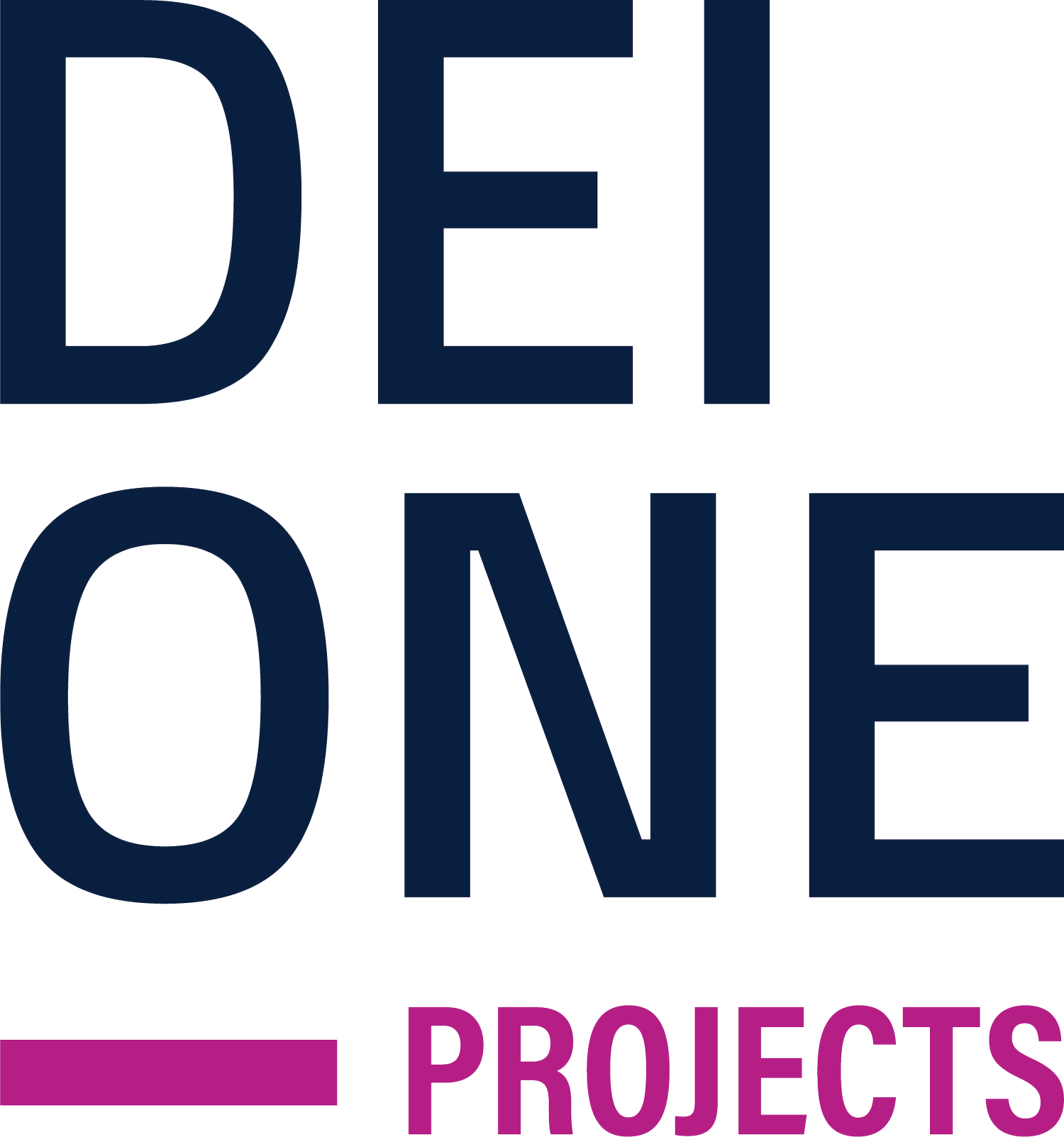Navigating Regulatory Challenges in Fit Out Projects
Building Codes and Standards:
Adherence to local building codes and standards is paramount in fit-out projects. Construction professionals must stay abreast of the ever-evolving regulatory landscape to ensure designs meet safety, accessibility, and environmental requirements. Regular updates and consultations with local authorities are essential to avoid setbacks and delays.
Zoning and Land Use Regulations:
Navigating zoning and land use regulations is crucial in determining type of developments permitted in specific areas. Fit-out projects must align with zoning laws to avoid legal complications. Collaborating with urban planners and local authorities helps in zoning regulations, ensuring projects are within community plans.
Environmental Compliance:
Environmental regulations play a pivotal role in fit-out projects, especially in the era of heightened environmental awareness. Compliance with regulations related to waste disposal, emissions, and sustainable practices is imperative. Integrating eco-friendly designs and materials in obtaining necessary environmental clearances helps in regulatory standards.
Permitting Challenges:
Securing permits is a common regulatory hurdle in fit-out projects. Delays in obtaining the required permits can significantly impact project timelines and budgets. Construction professionals must proactively navigate the process, challenges and maintaining lines of communication with regulatory authorities.
Accessibility Requirements:
Ensuring accessibility for individuals with disabilities is a regulatory priority. Fit-out projects must adhere to accessibility standards, including provisions for ramps, elevators, and other accommodations. Collaboration with accessibility experts and early consideration of these requirements in the design phase is essential for compliance.
Occupancy and Use Regulations:
Understanding occupancy and use regulations is vital in ensuring that fit-out projects align with intended purposes. Changes in occupancy classifications or use may trigger additional regulatory requirements. Construction professionals should be diligent with assessing and complying with these regulations to prevent legal complications.
Health and Safety Compliance:
Compliance with health and safety regulations is non-negotiable in fit-out projects. Strict adherence to safety protocols, provision of necessary safety equipment, and regular training for construction teams are essential components. Ensuring a safe working environment not only meets regulatory standards but also protects the well-being of workers.
Successfully navigating regulatory challenges in fit-out projects requires a comprehensive understanding of local building codes, zoning regulations, environmental compliance, permitting processes, accessibility requirements, occupancy regulations, and health and safety standards. Construction professionals who proactively engage with regulatory bodies, stay informed about evolving standards, and prioritize compliance set the foundation for seamless and successful fit-out projects.
